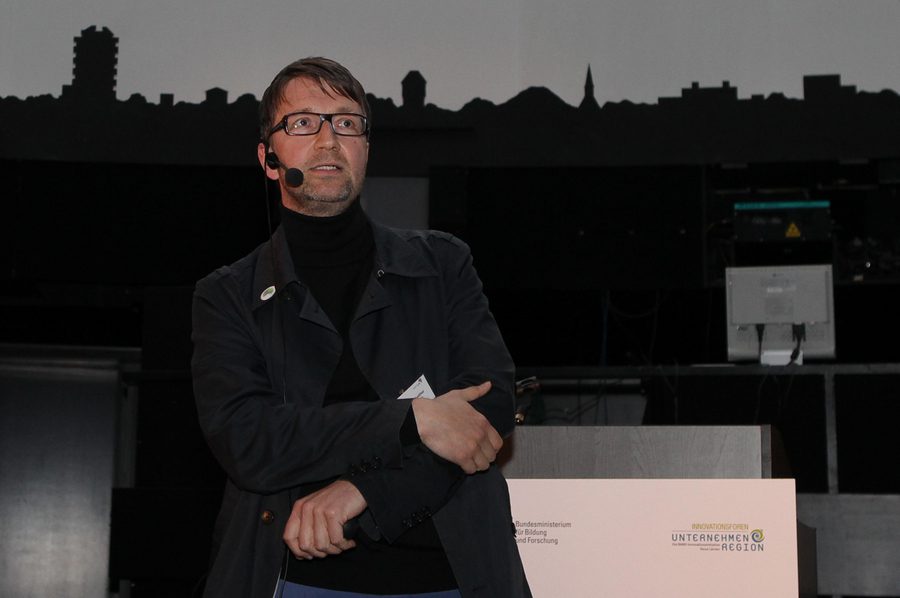Abstract of the lecture “Spatial thinking and the brain”
The environment is not objectively recognizable to us, as we can only develop a practical idea of it, which is limited by the performance limits and genetic disposition of our nervous system. Our cognitive performance develops as a function of our application-related abilities and skills for using the individual sensory systems in the process of cognition and understanding.
Our knowledge is not a collection of facts, but a spatially organized descriptive model in which we integrate all experiences from the multisensory experience of the environment. For this reason, we need a holistic theory to develop our spatial-visual competence, which explains why we can see materials, shapes, constructions, proportions, smells, sounds, emotions, behaviors and action contexts and bring them to language using descriptive cultural techniques.
The color and light structure of the environment allows us to form a descriptive sign system in the brain that functions analogously to word language. The memory construct of the visual space has a structure of meaning and action that enables us to contextualize, perceive, recognize and shape our environment. Ultimately, we can only escape the limitations of our imagination and knowledge to the extent that we use our creative, analytical and practical skills to design new models for describing space. Spatial thinking is brain development.
Further information:
- Book publication “Fullspace projection – With the 360°lab to the holodeck”
- Keynote, Innovation Forum 360°lab at the Planetarium “Am Insulaner” Berlin
- Link to the 360°lab network
- Book publication “The formation of spatial-visual competence”



